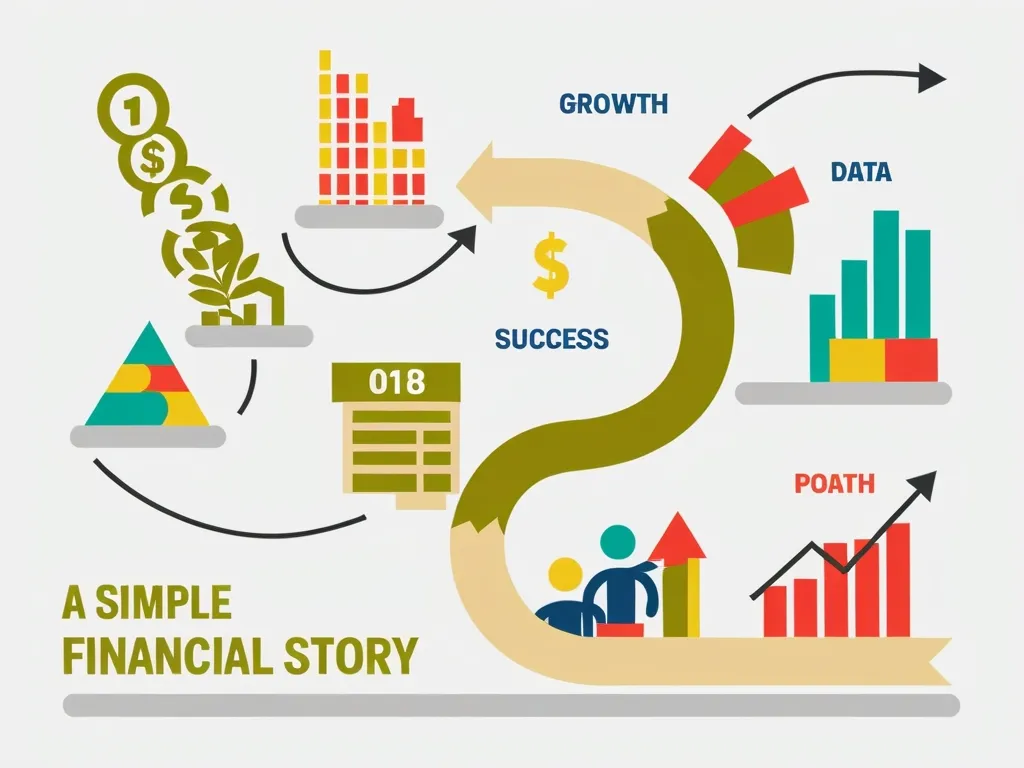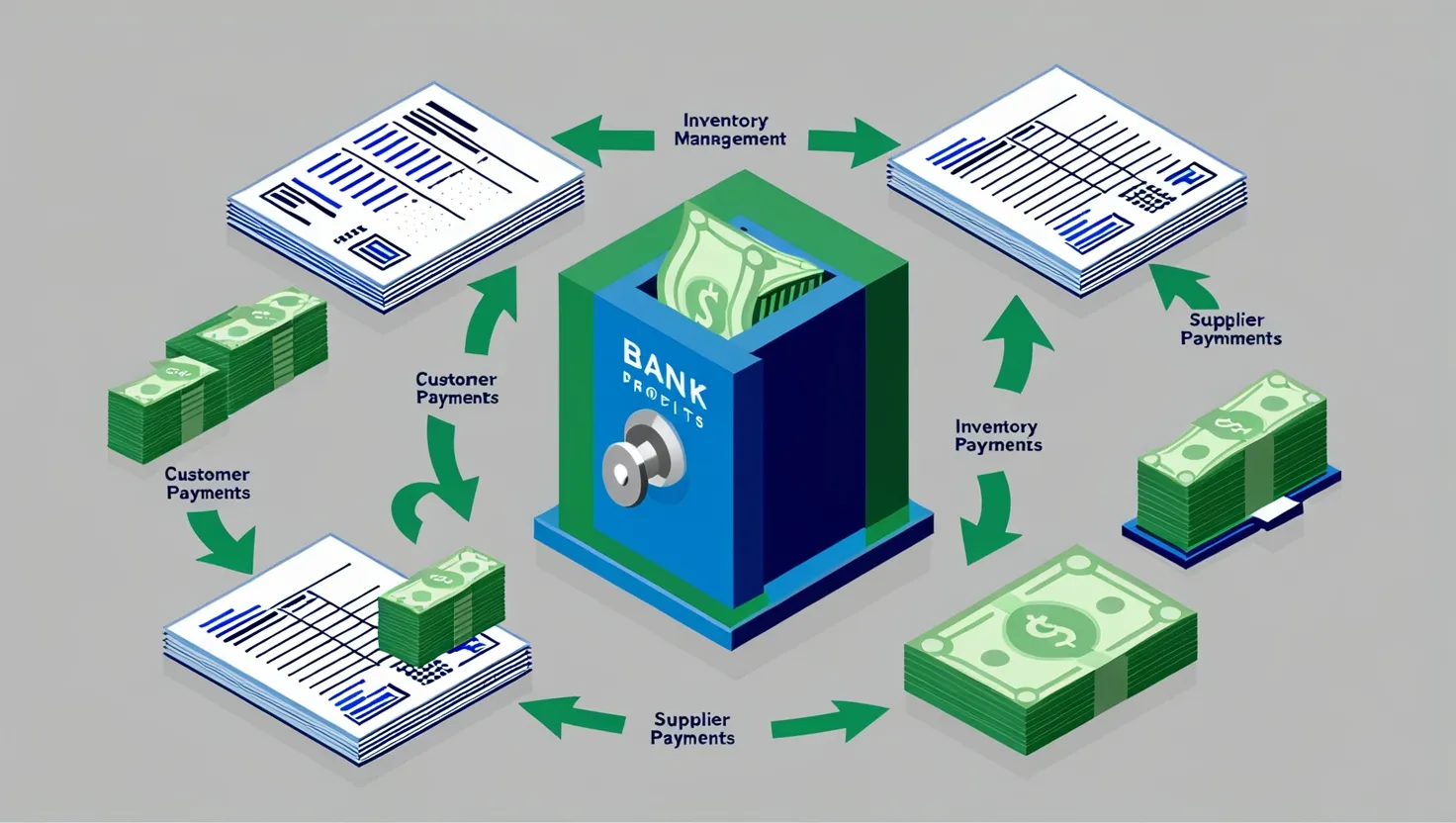When it comes to value investing, the traditional approach often focuses on companies with substantial tangible assets, such as real estate, manufacturing facilities, or large inventories. However, in the modern economy, a new breed of companies has emerged that defies this conventional wisdom: those operating with asset-light business models. These companies, often characterized by their reliance on intangible assets and outsourced operations, present a unique set of opportunities and challenges for value investors.
The Power of Network Effects
One of the key strategies for analyzing capital-light business models is to evaluate the strength of their network effects and platform economics. Companies like Uber, Airbnb, and DoorDash thrive because they create platforms that become more valuable as more users join. This self-reinforcing cycle is a powerful indicator of a company’s potential for long-term success.
“As the number of users on a platform increases, the value of the platform to each user also increases, creating a virtuous cycle,” notes a seasoned investor. This network effect is a moat that protects these companies from competition and allows them to scale efficiently.
Recurring Revenue Streams
Another crucial aspect to consider is the presence of recurring revenue streams. Companies with SaaS models, subscription services, or membership programs often generate predictable and stable revenue. This predictability is a goldmine for value investors, as it provides a clear picture of future cash flows.
For instance, companies like Adobe and Paycom have transitioned to cloud-based subscription models, which have significantly improved their revenue predictability and customer retention rates. “The key to our success is not just in the product but in the relationship we build with our customers,” says a CEO of a SaaS company. “Recurring revenue is a testament to the value we provide.”
Scalability of SaaS Models
The scalability of SaaS business models is another area that warrants close attention. These models allow companies to grow rapidly without the need for proportional increases in capital expenditures. This scalability is a hallmark of asset-light businesses and is often a sign of high growth potential.
Consider the example of Meta Platforms, which has expanded its user base and services without needing to invest heavily in physical infrastructure. “Software is eating the world,” as Marc Andreessen once said, and this is particularly true for SaaS companies that can scale with minimal additional costs.
Intellectual Property and Brand Value
Companies with strong intellectual property and brand value are also prime candidates for value investing in the asset-light space. These intangible assets can provide a significant competitive advantage and are often undervalued by traditional metrics.
For example, Mastercard and Visa have built brands that are synonymous with trust and convenience. Their intellectual property, including patents and trademarks, is invaluable and continues to drive their growth. “A brand is no longer just a name or a logo; it’s an experience that customers have with your company,” notes a branding expert.
Efficiency of Supply Chain and Logistics
The efficiency of asset-light supply chain and logistics models is another critical factor. Companies that outsource non-core activities can focus on their core competencies while reducing costs and increasing operational flexibility.
DoorDash, for instance, partners with restaurants to provide food delivery services, leveraging technology to manage operations efficiently. This model allows DoorDash to scale quickly without the burden of owning and maintaining a large fleet of vehicles or kitchen facilities. “The future of logistics is not about owning assets but about managing them efficiently,” says a logistics expert.
Applying Traditional Value Metrics
When evaluating asset-light businesses, traditional value metrics need to be adapted. Instead of focusing solely on tangible assets, investors should look at metrics such as return on equity (ROE), return on assets (ROA), and the efficiency of capital allocation.
Warren Buffett, a legendary value investor, has often praised capital-light businesses for their ability to generate high returns on invested capital. “It’s far better to buy a wonderful company at a fair price than a fair company at a wonderful price,” he advises. This approach emphasizes the importance of understanding the underlying business model and its potential for long-term value creation.
Managing Risk
Investing in asset-light businesses, especially those with high growth potential, comes with its own set of risks. These companies often operate in highly competitive markets and are susceptible to technological disruptions.
To manage this risk, investors need to conduct thorough due diligence, focusing on the company’s competitive advantages, management team, and financial health. “Risk comes from not knowing what you’re doing,” Buffett warns. “So, it’s important to understand the business and its underlying economics before making an investment decision.”
Case Studies of Success
Several successful value investments in capital-light companies serve as case studies for the potential of these businesses. For example, Adobe’s transition to a cloud-based subscription model has significantly boosted its stock price and profitability. Similarly, companies like Mastercard and Visa have consistently delivered high returns due to their strong brand value and efficient business models.
These case studies highlight the importance of identifying companies with strong network effects, recurring revenue streams, and efficient supply chain models. They also underscore the need for a deep understanding of the company’s intangible assets and its ability to scale without significant capital expenditures.
Conclusion
Investing in asset-light business models requires a nuanced approach that goes beyond traditional value investing strategies. By evaluating network effects, recurring revenue streams, scalability of SaaS models, intellectual property, and the efficiency of supply chain and logistics, investors can identify companies with high potential for long-term value creation.
As the economy continues to evolve, the importance of these capital-efficient businesses will only grow. For value investors, the key is to adapt their strategies to capture the unique opportunities presented by these asset-light models. “Price is what you pay. Value is what you get,” Buffett reminds us. In the world of asset-light businesses, understanding this difference is crucial for making informed investment decisions.
So, the next time you’re considering an investment, ask yourself: Does this company have strong network effects? Are its revenue streams predictable and recurring? Can it scale efficiently without heavy capital investments? The answers to these questions could lead you to some of the most promising investments in the modern economy.






